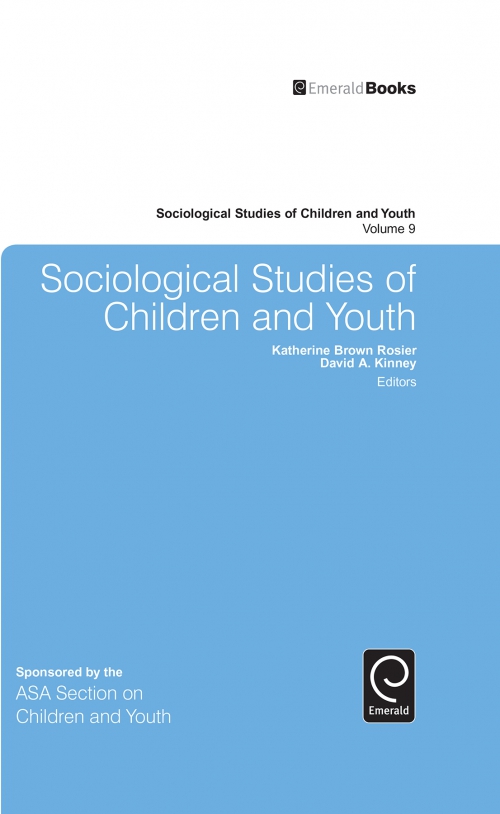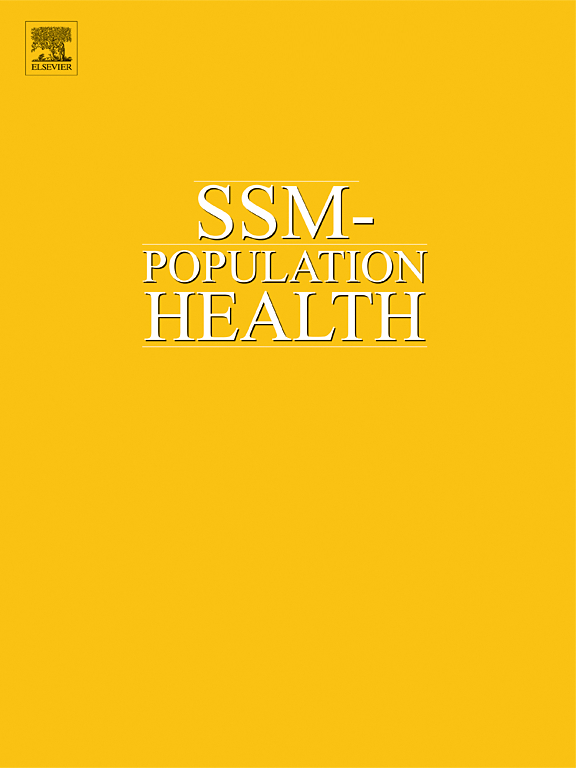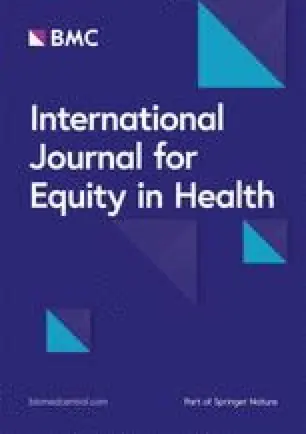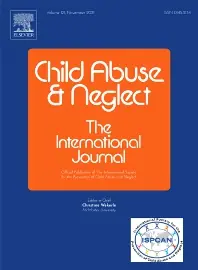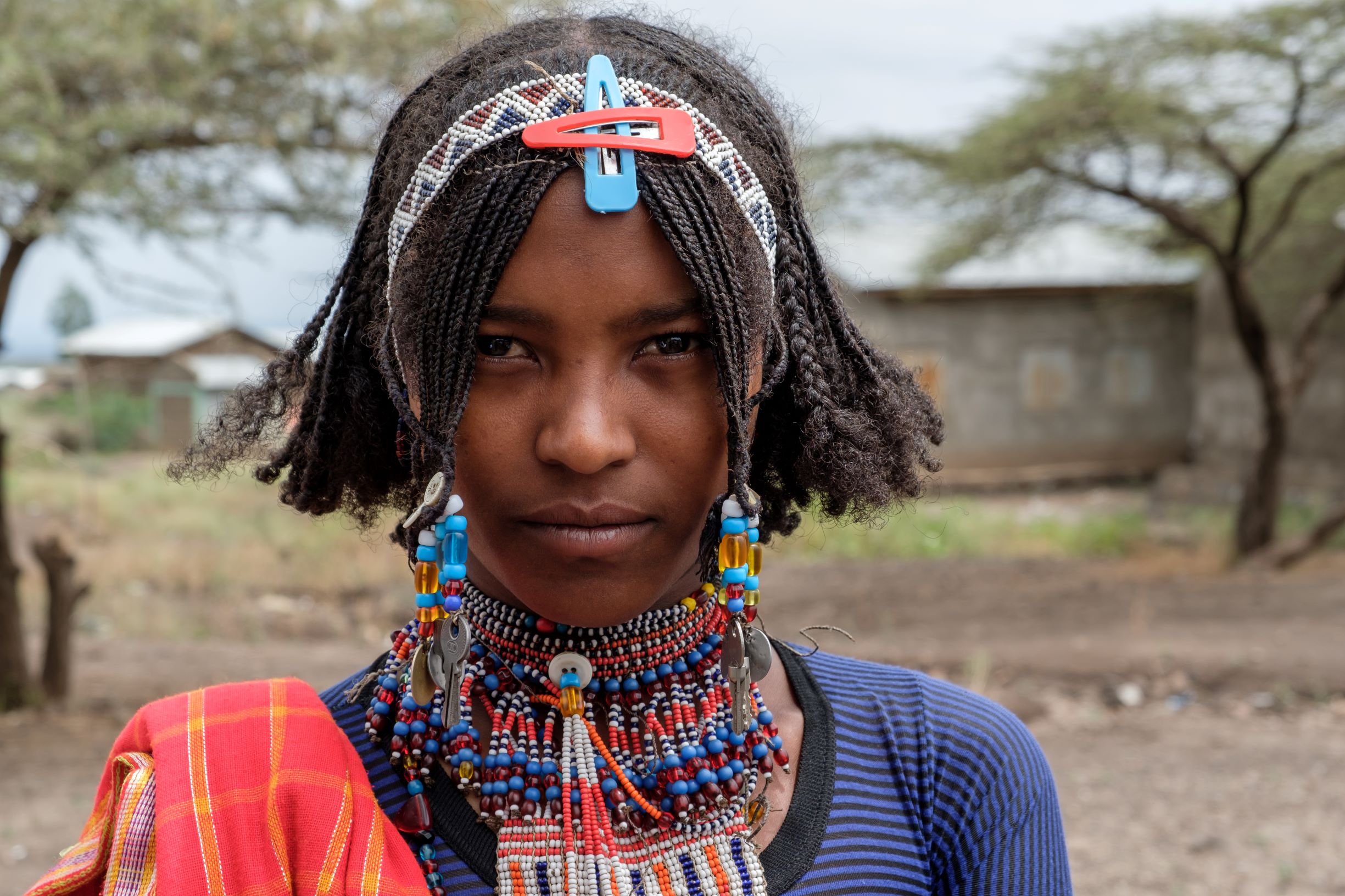
Gender-norms, violence and adolescence: exploring how gender norms are associated with experiences of childhood violence among young adolescents in Ethiopia
publication
Gender-norms, violence and adolescence: exploring how gender norms are associated with experiences of childhood violence among young adolescents in Ethiopia
09.08.2020 | Ethiopia
Country
Ethiopia
Capability domains
Bodily integrity and freedom from violence
Audience type
Researcher
Year of publication
2020
Study methodology
Mixed-methods
Authors
Maureen Murphy, Nicola Jones, Workneh Yadete and Sarah Baird
Adolescence is a time of particular risk for violence perpetrated by parents, teachers, peers and intimate partners. Social norms that condone violent discipline, promote masculinities focused on violence, and support gender inequality play an important role in perpetuating violence. However, little is known about the relationship between inequitable gender norms and children’s experiences of violence from parents or other adults in the household. Utilising data from the Gender and Adolescence: Global Evidence (GAGE) study, this paper explores how adolescent and household attitudes and community-level gender norms influence experiences of violence among young adolescents (aged 10–12) in Ethiopia. Our results show that community norms, rather than adolescent and household attitudes, are significantly associated with experiences of household violence. This result holds for boys and girls, and in rural areas. In urban areas, however, adolescent attitudes were more influential than community norms, perhaps indicating less cohesive communities. Overall, these findings suggest that violence prevention programming should prioritise shifting community norms, particularly in rural areas, in order to promote adolescent girls’ and boys’ right to bodily integrity.
Suggested citation
Murphy, M., Jones, N., Yadete, W. and Baird, S. (2020) ‘Gender-Norms, Violence and Adolescents: Exploring How Gender Norms Are Associated with Experiences of Childhood Violence among Young Adolescents in Ethiopia.’ Global Public Health (https://doi.org/10.1080/17441692.2020.1801788)

